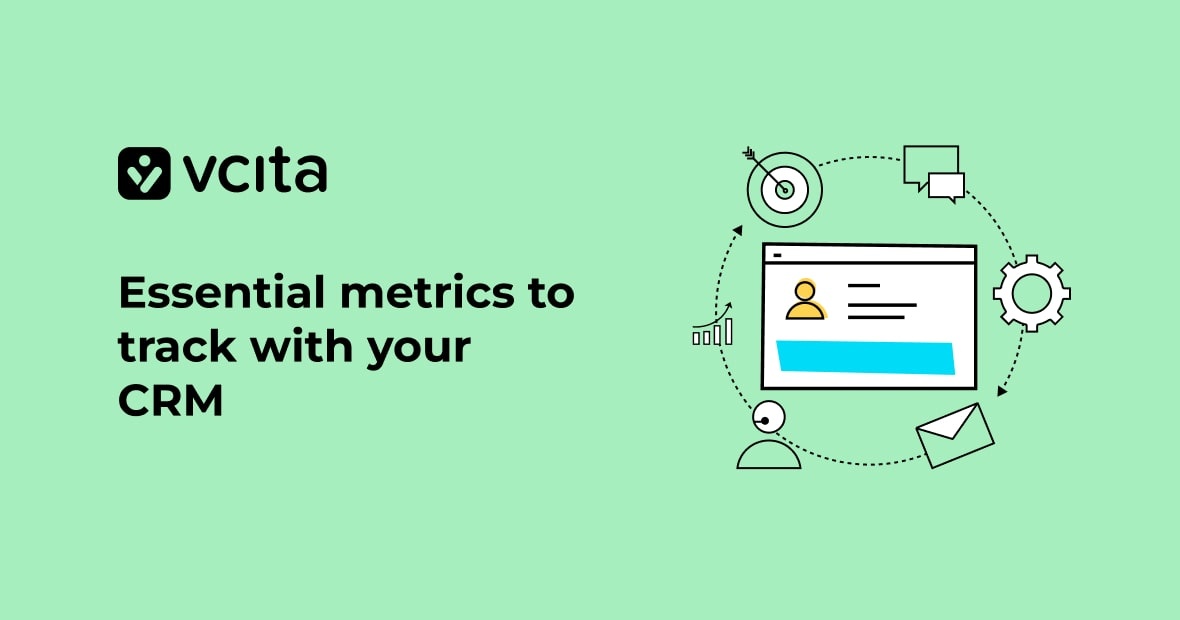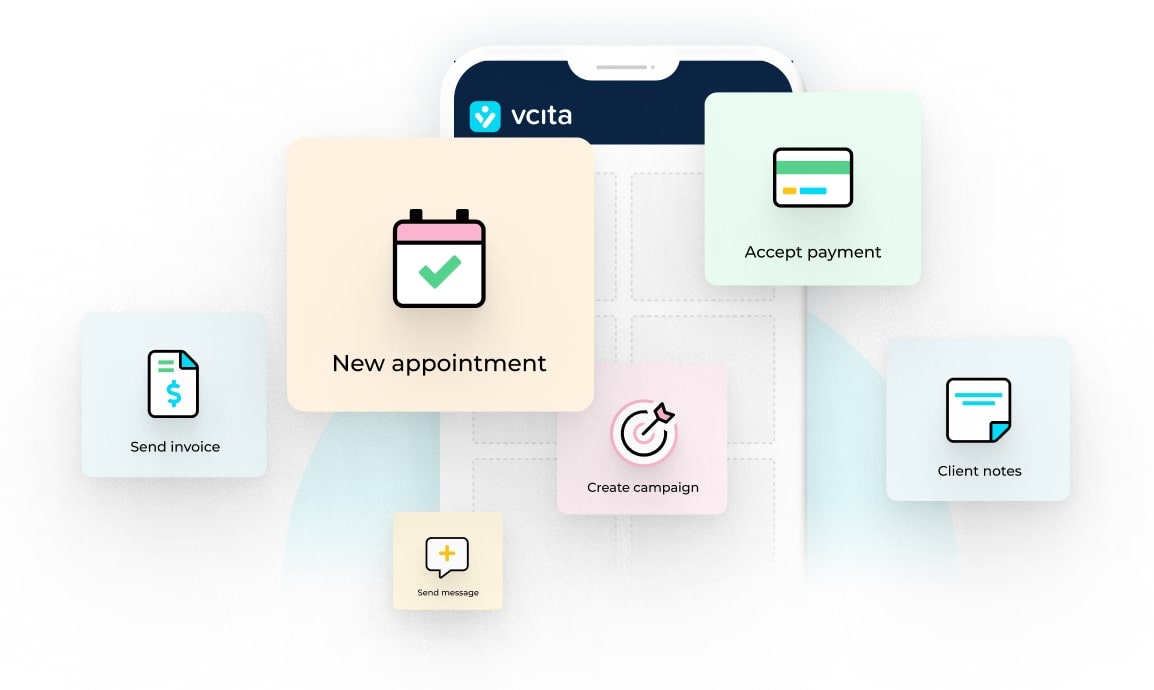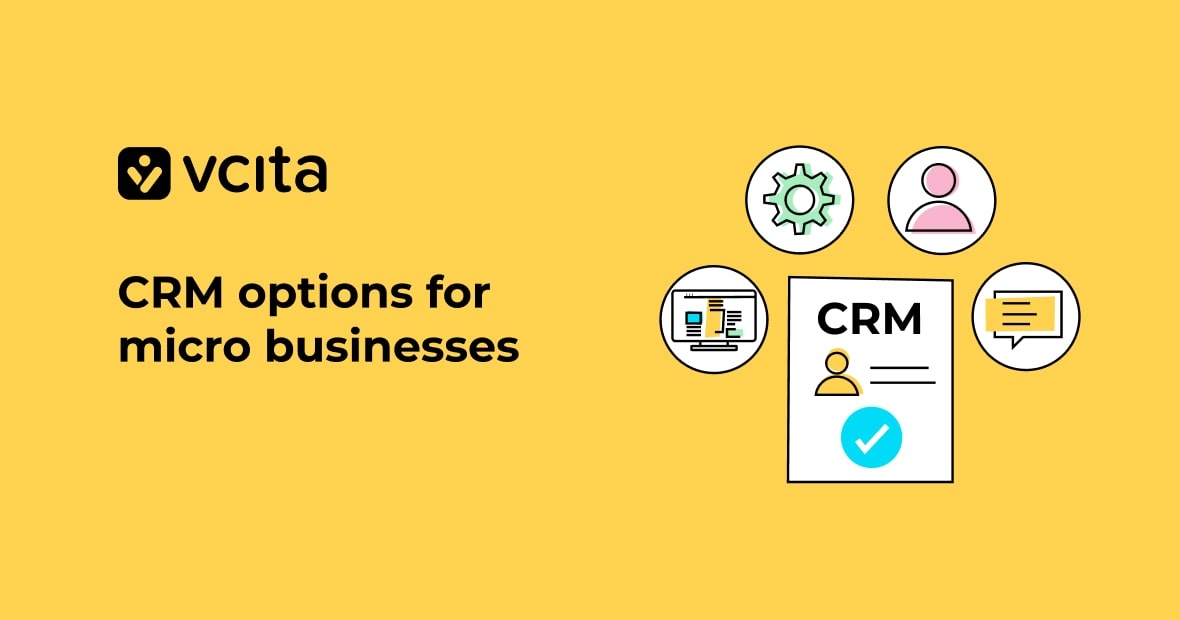As a service-based business owner, you know that customer relationships are crucial. Tracking CRM KPIs helps you strengthen those relationships by turning insights into growth, delivering better customer experiences, and enhancing profitability.
Here’s everything you need to know to leverage CRM KPIs effectively for your business success.
What are CRM KPIs and why are they vital for your business?
CRM KPIs (Customer Relationship Management Key Performance Indicators) help you measure how effectively your business interacts with leads and customers. Monitoring these metrics enables smarter decisions, improved customer relationships, and increased revenue. Essentially, these indicators give you valuable data-driven insights into the health of your customer relationships and the efficiency of your sales and marketing efforts.
Key CRM KPIs every service-based business should track
Here’s a quick overview to guide you:
- Conversion rate: Indicates the percentage of leads converting into paying customers.
- Cost per Lead (CPL): Calculates the financial investment required to acquire each new lead.
- Customer Retention Rate: Measures how many customers continue doing business with you over time.
- Customer Churn Rate: Shows the rate at which customers stop doing business with your company.
- Customer Satisfaction Score (CSAT): Evaluates customer happiness with your services or products.
- Customer Lifetime Value (CLV): Estimates the total revenue you can expect from a customer during their entire relationship with your business.
Calculate your Cost per Lead (CPL)
Knowing your CPL allows effective budget management and improved marketing efficiency. To calculate it, divide your total marketing spend by the number of leads generated within a given period.
- Regularly review and analyze your CPL to identify which marketing channels deliver the best value.
- Allocate resources strategically towards lower-cost, higher-quality lead sources.
How to calculate Customer Lifetime Value (CLV)
Understanding CLV helps guide your investment in customer relationships. Here’s a simple guide to calculating it:
- Identify your average purchase value.
- Determine the average number of purchases per customer each year.
- Multiply these by the average customer lifespan to get your CLV.
Consistently tracking your CLV helps optimize your marketing, sales, and retention strategies to maximize profitability.
Measuring profitability per customer
Knowing customer profitability aids in strategic decision-making and resource allocation. You want to:
- Regularly calculate revenue versus expenses for each customer.
- Segment customers by profitability to identify high-value relationships.
- Focus resources on customers who yield higher profitability.
Pain points that CRM KPIs can solve
Understanding and leveraging CRM KPIs addresses common pain points that many small businesses experience, including:
- Difficulty converting leads to customers
- Inefficient sales follow-up
- Poor customer retention
- Slow customer response times
- Unclear profitability and financial management
- Inconsistent customer satisfaction levels
Let’s explore actionable solutions for these common challenges in greater detail.
How to increase your conversion rate
Increasing your conversion rate requires clear insights into your sales funnel and the barriers customers face in completing a purchase.
Sales funnel optimization tips
- Streamline your service offerings to reduce customer confusion.
- Clearly position your call-to-action (CTA) prominently on your website and communications.
- Integrate social proof such as customer testimonials and reviews on your landing pages.
- Offer multiple channels of direct communication, making it easier for prospects to reach out.
Improve your sales follow-up process
A timely, consistent, and personalized sales follow-up can significantly impact conversions. This includes:
- Responding promptly to inquiries, ideally within 24 hours.
- Automating follow-up emails to maintain consistent, regular touchpoints.
- Personalizing each communication to enhance relevance and build trust.
- Tracking responses meticulously to adjust strategies based on engagement.
vcita’s CRM features automated reminders, scheduling, and customizable email templates, making follow-up seamless and systematic.
How to retain more customers
Customer retention strategies improve loyalty and reduce costly churn.
Strategies to lower your churn rate
- Regularly engage existing customers with personalized communication and exclusive offers.
- Quickly address customer complaints and feedback with speedy resolution and positive responses
- Actively seek customer insights through surveys, and apply the feedback to improve service.
Improving customer loyalty
- Introduce loyalty programs or referral incentives.
- Celebrate customer milestones such as anniversaries or service achievements.
- Maintain consistent, high-quality service delivery to build lasting trust.
vcita facilitates customer retention through automated marketing campaigns and personalized messaging, keeping your clients engaged and satisfied.
Boosting your Customer Satisfaction Score (CSAT)
Improving your CSAT score is critical for business growth and customer loyalty. You can do this by:
- Regularly requesting feedback through simple surveys following service delivery.
- Acting promptly on feedback to demonstrate your commitment to customer satisfaction.
- Recognizing and rewarding employees who consistently deliver exceptional customer experiences.
How to improve customer service response time
Faster response times can significantly enhance customer satisfaction and retention. You can cut response times by:
- Using automated responses to acknowledge customer requests immediately.
- Leveraging CRM tools to prioritize urgent customer inquiries.
- Regularly training your team to handle common issues swiftly and effectively.
Managing customer requests efficiently
- Centralize all customer requests in your CRM for clear tracking.
- Assign customer service tasks clearly and transparently within your team.
- Regularly analyze service data to identify bottlenecks and areas needing improvement.
vcita’s easy-to-use interface ensures all client interactions are effectively managed, enabling your business to respond quickly and efficiently.
How does easy-to-use CRM software help improve your KPIs?
A user-friendly CRM solution increases productivity and improves adoption among your staff:
- Quick and straightforward onboarding gets your team using the system rapidly.
- Intuitive interfaces minimize training requirements, reducing resistance to change.
- Comprehensive yet simple dashboards simplify decision-making processes.
When you choose an easy-to-use CRM, your employees are more likely to take advantage of its customer satisfaction features, resulting in improved customer experiences and driving up your KPIs.
vcita’s CRM solution combines simplicity and functionality, explicitly designed to meet small service-based business needs, ensuring effective CRM management without complexity.
How vcita’s CRM features address your business pain points
vcita’s CRM is specifically tailored for small businesses, addressing the challenges you face every day with tools like:
- Automated scheduling: Makes booking appointments effortless for both you and your customers.
- Integrated payments: Streamlines billing and reduces the friction associated with transactions.
- Effective client communication: Email, text, and automation tools enhance customer satisfaction and loyalty.
- Marketing automation: Easily manage retention campaigns, promotions, and regular communications.
- Performance analytics: Gain actionable insights into sales performance, customer behavior, and service effectiveness.
By using vcita, you transform your CRM management into an intuitive, powerful driver of business growth.
Start improving your CRM KPIs today
Tracking CRM KPIs is essential, not optional, for sustainable business growth. By actively managing these metrics, you’ll cultivate stronger customer relationships, enhance profitability, and drive long-term success. vcita provides all the necessary tools in one accessible platform, enabling you to turn insights into real-world results.




























